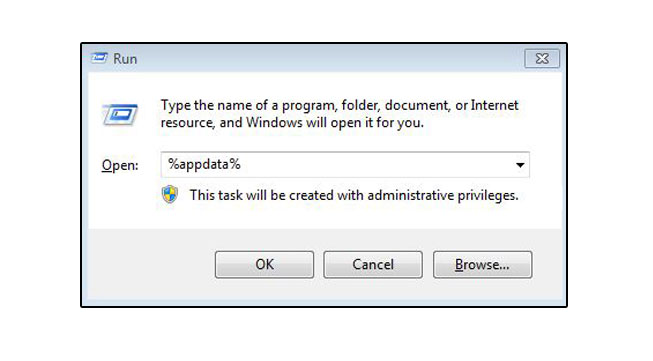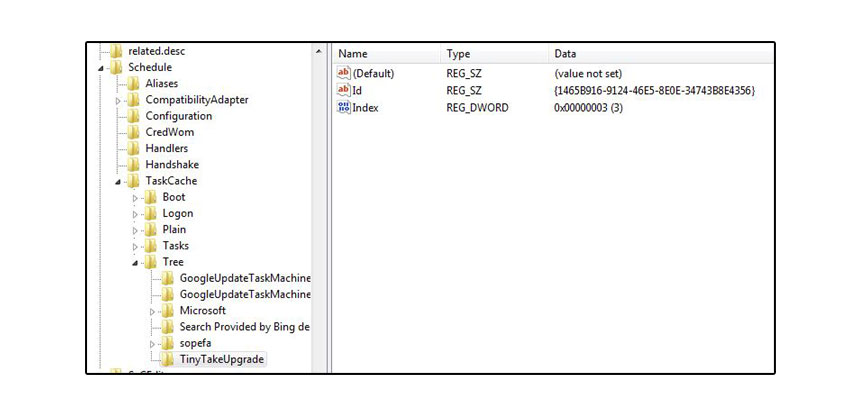
Ransomware is a form of malware used to extort money from unwitting PC users, and makes up one of the most serious computer tech support issues prevalent these days. The malicious attacker encrypts your files, and then holds them to ransom, demanding you pay what they ask in exchange for the decryption key. WannaCry is one of the more notorious ransomware out there. If you ever face this computer tech support issue, following are some ways to proceed.
Manual Ransomware Removal
- Restart the computer in Safe Mode. For this, hit the reboot button and while the machine starts up, hit F8 Choose Safe Mode.
- Get rid of any suspicious programs from the startup. First, hold Windows and R. In the field that appears, type msconfig.
- Fake or infected items listed here will have Unknown as the manufacturer. Find and remove these entries. Hit OK when done.
- Hold Windows and R. Type in %temp% and hit OK. A folder will pop up, showing all the temporary files in your system. Select them all using CTRL + A and then hit Shift + Delete.
- Remove virus infected files. Hold Windows and R, and type %appdata% into the field and hit OK. Find and delete recent files associated with the WannaCry ransomware.

- Clear the registry entries. Hold Windows and R and type in regedit. Go to HKEY_LOCAL_MACHINE\SOFTWARE\Microsoft\WindowsNT\CurrentVersion\Schedule\TaskCache\Tasks\{41D55966-1192-454F-9C86-D0EB950D9984. If you find keys associated with Sage, right click and delete them. Repeat this in HKEY_LOCAL_MACHINE\SOFTWARE\Microsoft\Windows NT\CurrentVersion\Schedule\TaskCache\Tree\Fd3KZfCq.

Automatic Ransomware Removal
It is risky at best to make changes to your registry yourself. A malware removal tool is almost always safer, preventing many computer tech support issues. Plumbytes Anti-Malware is good at what it does, so we will go with that.
- Download the setup, and install the program by opening the file and following the on-screen prompts after you hit the Install
- After the installation finishes, the program will do an update of its database and then run a new scan. The results will start showing as and when they are found, and you will get a fair idea of the trouble you’re facing even before the scan completes.
- After this, you will see a comprehensive list of the threats detected, with all of them marked for deletion. Hit REMOVE NOW. Alternatively, if you spot any safe programs in the list which you don’t want to remove, then deselect these before hitting REMOVE SELECTED.
- After the programs have been deleted, restart the PC to ensure the changes take effect.
